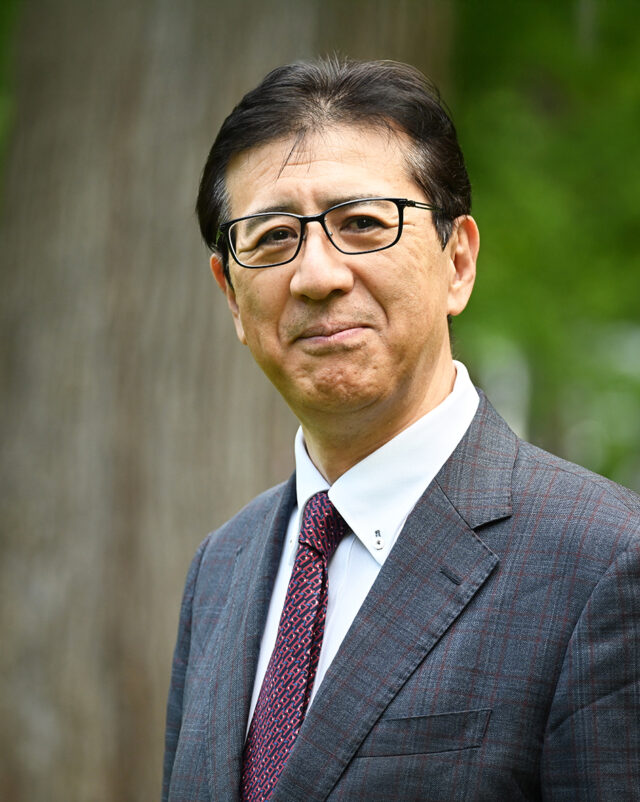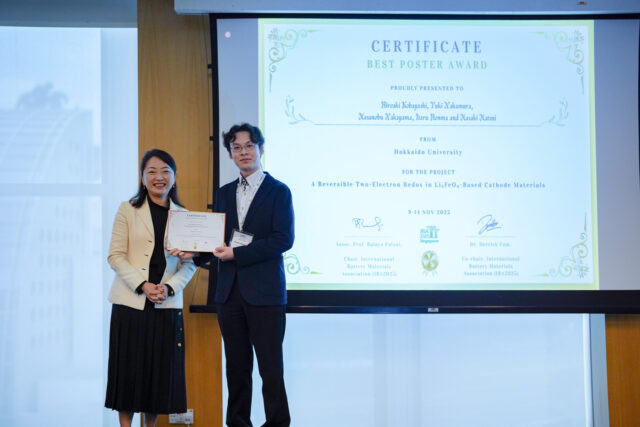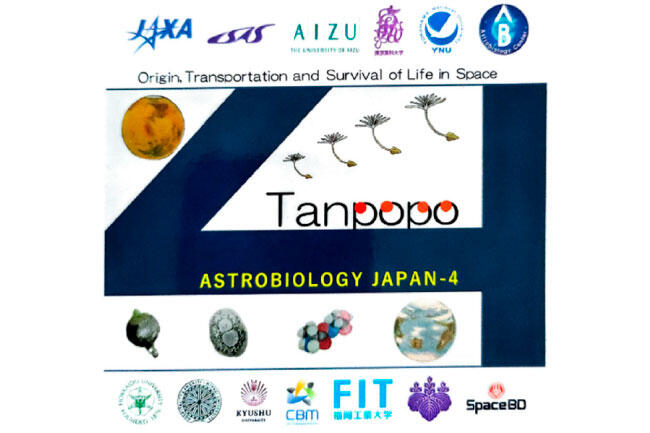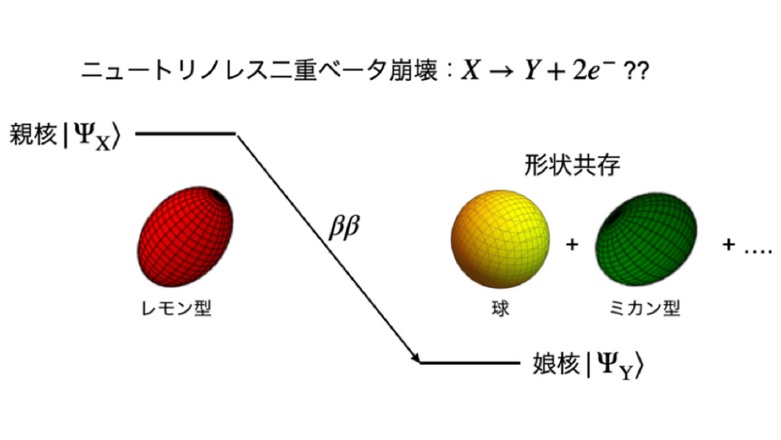
The Faculty of Science was originally established in 1930 as the School of Science at Hokkaido Imperial University, becoming the fourth School following the Schools of Agriculture, Medicine, and Engineering. At its inception, it comprised six departments: Mathematics, Physics, Chemistry, Geology, Mineralogy, Botany, and Zoology. The original School of Science building, constructed at that time, was the first fully concrete structure in Sapporo. It remains today as the main building of the School of Science and also serves as the Hokkaido University Museum, welcoming visitors from around the world. The atrium at the center of the building, known as the “Einstein Dome”, features reliefs of “fruits”, “sunflowers”, “bats”, and “owls”, that symbolize morning, noon, evening, and night, respectively. These motifs reflect the determination to engage in research and education at all day long, day or night, embodying the founding passion of making the Faculty of Science a leading center of scientific research.
The Faculty of Science, carrying forward the vision of its predecessors, will celebrate its 100th anniversary in 2030. Today, the Faculty of Science consists of five divisions: Mathematics, Physics, Chemistry, Biological Sciences, and Earth & Planetary Sciences. It also includes three related facilities and centers: Institute of Seismology and Volcanology, Genome Dynamics Research Center, and Nuclear Reaction Data Centre. With over 300 faculty and staff members, it is one of the largest research organizations at Hokkaido University.
Throughout its history, the Faculty of Science has been at the forefront of groundbreaking research. Notable achievements include: Dr. Ukichiro Nakaya’s creation of the world’s first artificial snow crystals, and Dr. Akira Suzuki’s development of the coupling reactions, which earned him the 2010 Nobel Prize in Chemistry, for example. Recently, approximately 20% of research press releases from Hokkaido University originate from the Faculty of Science, highlighting its quality of research. In 2018, the faculty was involved in the establishment of the Institute for Chemical Reaction Design and Discovery (ICReDD), a World Premier International Research Center (WPI), aiming to revolutionize the future of chemical reaction research and application. We look forward to seeing its discoveries transform the future world.
The Faculty of Science is not only a research institution but also plays a vital role in training the next generation of scientists. Its faculty members contribute to undergraduate education through five departments in the School of Science: Mathematics, Physics, Chemistry, Biological Sciences (Biology), and Earth and Planetary Sciences. At the graduate level, faculty members provide instruction mainly through three distinct graduate schools: Graduate School of Science, Graduate School of Life Science, Graduate School of Chemical Sciences and Engineering. Additionally, the faculty has been involved in the establishment of five special educational programs that bring together both Japanese and international students to foster globally-minded scientific leaders:
・Ambitious Leaders’ Program:Fostering Future Leaders to Open New Frontiers in Materials Science
(since 2013)
・Integrated Science Program (ISP) (since 2017)
・Ambitious Program for Smart Material Science (since 2021)
・Multifaceted Advanced DX Human Resource Development Program (since 2023)
・Life Science Researcher Training Program for Solving Global Issues (since 2024)
In addition, to support research and education, the Faculty of Science has established dedicated administrative offices, including: Office for Education and Research Strategy (survey and research of new education system), Office for International Academic Support (international affairs, assistance for international students, faculty, staff, and visitors), and Office for Public Relations and Planning (creation of PR and outreach material).
Guided by the pioneering spirit of our predecessors, the Faculty of Science has established itself as the leading center for scientific research in northern Japan. It continues to disseminate cutting-edge research globally while providing excellent educational programs. Scientific research does not always lead to immediate, practical applications. However, just as Einstein’s theory of relativity later became the foundation of modern physics, the discoveries made today may change the world in the years—or even centuries—to come. This is the essence of fundamental research.
At the same time, society urgently needs scientific knowledge to tackle climate change, energy issues, medicine, AI and information technology, materials science, and nanotechnology. The Faculty of Science is committed to advancing research that meets these societal demands while cultivating individuals who can excel across diverse fields. By continuing our dedication to research and education, we aim to contribute to both scientific progress and societal development.
We sincerely appreciate your continued support.






